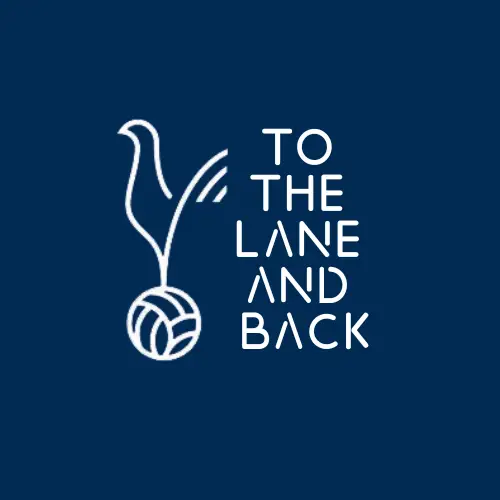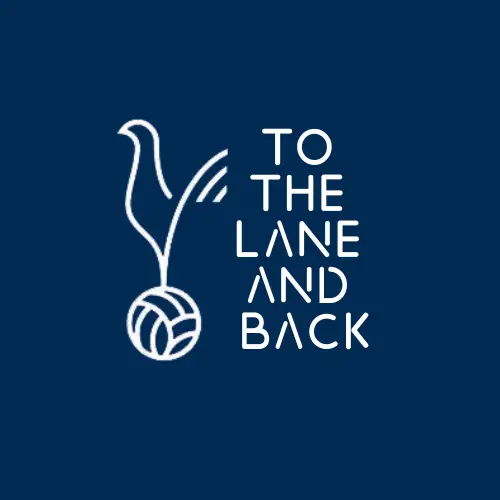The Premier League in the 1990s was not exactly an elite league like today.
The Premier League is undoubtedly the best today. It is the main destination for everyone in the football business around the world to elevate their career. This is in contrast to its early years in the 1990s.
EPL in that decade had quite a big difference from what we all know at the moment. The 1990s were not the best time for the English top flight. At that time, the Italian Serie A was the king, and then La Liga became the new favourite destination. They were the hub of top foreign players and managers, while the Premier League became a secondary place among the elites, despite beginning to attract more of them since the inaugural season.
Back then, unlike today, with 20 teams, England still had 22 teams competing in the top flight. Such went on until 1994/95. 1995/96 saw the first time EPL had only 20 contestants. Meanwhile, there was no Big Four like the one in the 2000s, let alone the Big Six. It was the era when Manchester United was the only giant that dominated almost all domestic competition until Arsene Wenger arrived and meddled in their golden years. Arsenal became their only contender and won their first Premier League in 1998. United’s only threat before the Gunners’ rise came from the two dark horses, Blackburn and Newcastle United. The former did manage to topple them in 1995 with a dramatic success despite their defeat in the last game, while the latter only became the ‘almost champion’. The Magpies had been in a title race against United twice, in 1996 and 1997, only to lose again in the crucial final phase of the league.
Here are some other facts to prove how different the Premier League was in the 1990s.
The UK and Scandinavians Ruled the Squad and Starting XI
In its early years, despite the foundation of the Premier League in 1992, only a few notable world-class players chose to sign for English clubs. The investment did not exactly kick off instantly, as English football was not attractive yet for players from the European continent.
The stars who were in their prime at that time, such as France’s Jean-Pierre Papin and Italy’s Roberto Baggio, had been playing for AC Milan and Juventus. The ones who rose to prominence in the 1994 FIFA World Cup, like Hristo Stoichkov, Gheorghe Hagi, Gabriel Batistuta, Romario, Bebeto, or Taffarel, even Sweden’s Martin Dahlin and Kennet Anderson, did not switch sides on English soil yet. They still preferred to stay in Italy or Spain instead. Among those names, only Dahlin did have a brief spell in EPL when he joined Blackburn in 1997. Yet he was already 29 years old and on the verge of his decline.
As a result, the squad and starting XI of all teams were dominated by UK names, with Scandinavians as the main foreign players. Manchester United, for example, had only two names outside the Nordic nations: the legendary Eric Cantona and Russian winger Andrei Kancelskis. Their contenders from 1992 to 1997, Newcastle United, had three names outside the UK and Scandinavian countries: the goalie from Czechia, Pavel Snricek; the Swiss Marc Hottiger; and the Belgian international defender, Phillipe Albert. Chelsea, which was not the elite team at that time, only registered Russian goalie Dmitry Kharine as one of the non-UK and non-Nordic players. Arsenal and Blackburn also had only one in the squad from 1992–1995, whereas the Reds had none.
The only team that had notable foreign players outside Nordic nations was Tottenham in 1994/95. Spurs at that time decided to sign Germany star Jurgen Klinsmann alongside two Romanian internationals, Georghe Popescu and Ille Dumitrescu. Only Klinsi managed to adapt well and play regularly. His goals helped boost Tottenham tickets at that time.
Such began to change in the summer of 1995. Ahead of EURO 1996, foreign players from various nations started to flow onto English soil. The likes of the Netherlands’ Dennis Bergkamp, Ruud Gullit, and France’s David Ginola were the pioneers of the continental stars in the EPL as they arrived that summer.
The Dominance of 4-4-2 Formation and Kick & Rush
In the early years of the Premier League, only 4-4-2 formation was the only system with which English clubs were probably familiar. The elite sides like Arsenal, Manchester United, and Chelsea might have been able to modify it to 4-4-1-1 or 4-3-1-2 with the luxury of their continental stars in the squad. Yet, it would not be the same for the teams from the middle and lower tables.
Michael Vonk, the first Dutch player in the Premier League era, stated that he had to adapt to the flat-four defenders when he arrived at Manchester City back in 1992. In the Netherlands, the teams tended to use a sweeper between two centre-backs in the defensive line.
The kick-and-rush style of play also still ruled the league in the 1990s, or even longer until the mid-2000s. Long balls, goals from rumbles in the box, and aerial duels were common stuff to see in the English top flight. Such became less and less when more and more continental stars and managers introduced new tactics and formations.
Retirement Home for World-Class Players
The flow of foreign players coming to English soil might have started in the mid-1990s, but the ones who signed for the EPL sides were the veteran world-class players who had already passed their prime. No wonder that the Premier League is not so different from the Italian Serie A or MLS today.
Gianluca Vialli, Gianfranco Zola, and Ruud Gullit, for example, joined the Blues when they were already in their 30s. So did Jurgen Klinsmann, George Weah, and Didier Deschamps, plus Laurent Blanc, later in 2000. They spent their peak years either in Italy, Spain, or France.
Very Few Latino Stars
Today, it is much easier to see Latino stars in the Premier League, not only in their prime but also since they were in their early twenties. Gaby Jesus, Gabriel Martinelli, Julian Alvarez, and Alexis McAllister are solid evidence that EPL has already attracted young South American talents to move there. Not to mention the three best Latino goalkeepers today: Manchester City’s Ederson, Liverpool’s Alisson Brecker, and the World Cup winner, Emi ‘Dibu’ Martinez.
Back in the 1990s, very few Latinos opted to come to England. Only a few notable ones did agree to join the English side. The Colombian star Faustino Asprilla and the Copa America 1995 star from Brazil, Juninho, plus the veteran left-back, Branco, were the earliest arrivals. They joined Newcastle and Middlesbrough, respectively, in 1996.


